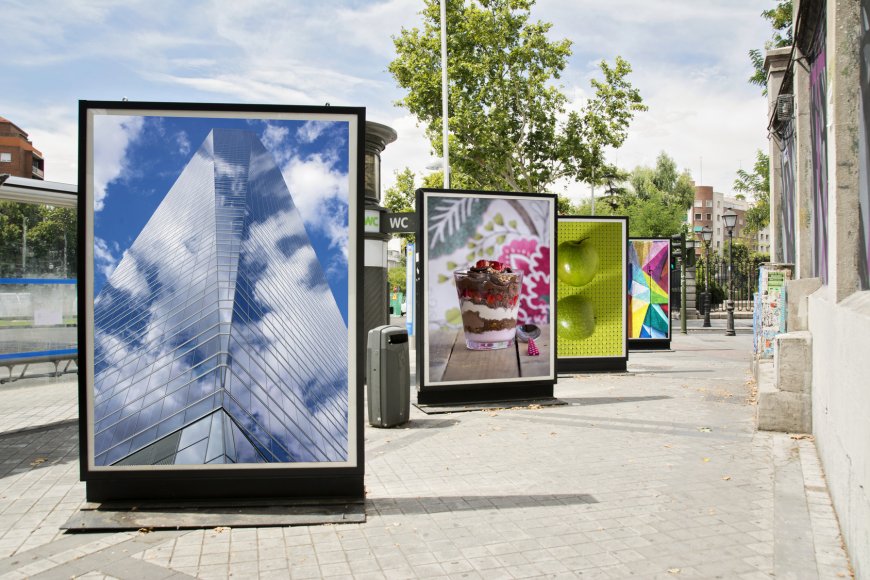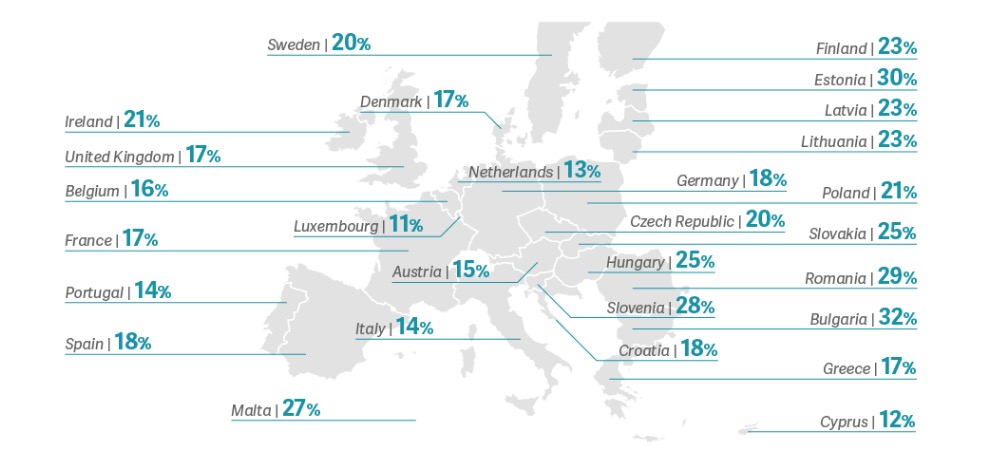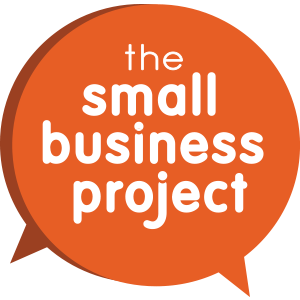
Is Your SME Contributing to the UK’s £10bn Adspend?
UK adspend grew to 10.3 billion in 2016, that’s up 17.3% and the fastest growth in nine years. Figures were released this month by IAB UK and PwC that show that mobile, unsurprisingly, plays an integral role in this growth.
With almost half of UK internet time spent on mobile, users are watching more and doing more on their mobiles and advertisers need to tap into this. The key digital ad formats were set out as video, social media, content/native, display and search. All formats show mobile adspend as the high-riser, but it’s mobile video spend that’s grown the most.

Adspend as the way forward, or an over-investment?
“The rise in people consuming mobile and video content has accelerated digital’s growth rate to its highest level for nearly a decade,” said the IAB UK’s Chief Marketing Officer, James Chandler. “Reaching the £10bn threshold has been made possible by brands breaking the mould, trying innovative formats and making the most of video to reach and amaze people. It’s impossible to ignore the issues the industry is facing at the moment, but digital never stands still and these figures are testament to the long-term strength and power of digital.”
However, Mark Jackson, managing director at MC&C, said marketers should be wary of over-investing in digital. “It is important that advertisers match the media consumption patterns of consumers, and with 48% of UK internet time now spent on smartphones there’s no doubt brands will continue to invest in mobile advertising,” Jackson said. “However from a performance perspective, marketers should be wary of over investing in digital and reaching the point of diminishing returns as a result. True performance media...Continue reading

Keep Going with Amazon Go!

Amazon Go is set to launch in Seattle in early 2017 and could be the next step in revolutionising the way we shop in-store.
E-commerce and online shopping is developing almost daily, but our physical, high-street shopping experiences have been becoming more digitalized over the years too. Self-service checkouts, digital catalogues and more recently the introduction of augmented reality for some retail brands is changing the way we shop.
In what could be the next significant move for shoppers Amazon Go is a new kind of shop, that offers a new kind of experience. Walk into the shop and scan your phone (something like entering the tube) put your phone away and simply shop as normal, picking up what you want. The best bit is though, that you can simply walk out, now queuing, no checkouts!
How Does Amazon Go Work?
Amazon describe their ‘Just Walk Out’ technology to be similar to that of self-driving cars, using “computer vision, sensor fusion, and deep learning.” More specific information hasn’t been confirmed but it’s likely that cameras, sensors and artificial intelligence will work together to create the shopping experience of the future. But really as a user all you know need to do is have an Amazon account, which will be charged for what you take from the store shortly after you leave.
The first store in the US will be a grocery store where shoppers can quickly pick up ‘on the go’ snacks or do a bigger shop if they wish.
Amazon Go will of course give Amazon even more customer data about how...Continue reading

Making An Innovative Idea Global
Offering a solution to a problem is often where a start-up idea begins. To become a disruptor or offer a product or service that’s truly unique the idea has to be fresh, innovative and well-considered. In this article we’re going to take a quick look at an excellent example of a start-up that is disrupting on a global scale.
A Truly Disruptive Idea
What3words began when Chris Sheldrick travelled the world touring as a classical musician. He discovered that there are many areas across the world without an official address system. Home locations would be described along the lines of “past the hairdresser, four houses down on the left, between the pump and the bush” leaving visitors, deliveries and even firefighters struggling to reach their destination. For those who have travelled to areas of the world where this is an issue, such as sub-Saharan Africa, Mongolia, Costa Rica and the favelas of Brazil, you may understand why this is such an issue. Those who haven’t, you may never have even realised this was a problem that existed.
What what3words does is assign a three-word combination, like “table fork spoon,” to every three-meter square across the globe. There is no time and resource wasted trying to pinpoint exact locations of homes and doors, or any complicated latitude and longitude coordinates. This provides any and every area of the globe an ‘address.’
Consumers can use the what3words app for free for navigation, but their developer software is licenced out as a revenue stream. Courier services in Brazil are using what3words to bring e-commerce to the favelas for example. The start-up has also partnered with a number of humanitarian agencies across the world, such as Diaconia, a microfinance subsidiary of Norwegian NGO Mission Alliance. People living in Liberia without...Continue reading

More Women in Tech Could Mean a Big Boost for European GDP
Across the EU there is a lack of women in tech and ICT roles. In fact, women make up only 18% of the ICT industry in Europe, compared to 48% in non-ICT sectors. This map, very interestingly, shows the percentage of women in tech across Europe. The UK come in at a below average 17%. Bulgaria, followed by Estonia and Romania come in top and Luxembourg has the lowest percentage of women in tech at 11%.

This issue may stem from the fact that women are much less likely to choose to study a technology or ICT related course at university. The figures show that out of 1000 women in Europe with BA degrees, only 29 of them studied in the tech field. It’s also true that women who do go on to work in this sector are less likely to hold high-level positions and become managers.

This all may sound rather negative, however women are paid more fairly in the tech sector. So this may not only encourage more women into the sector, but may help towards closing the gender pay gap which we still hear so much about in the UK. There is also a huge skills gap across the EU, with an estimated gap of 800,000 jobs requiring specialist ICT skills. Taking all this into account the European Commission has stated that European GDP could be boosted by 9 billion Euros a year if more women...Continue reading
